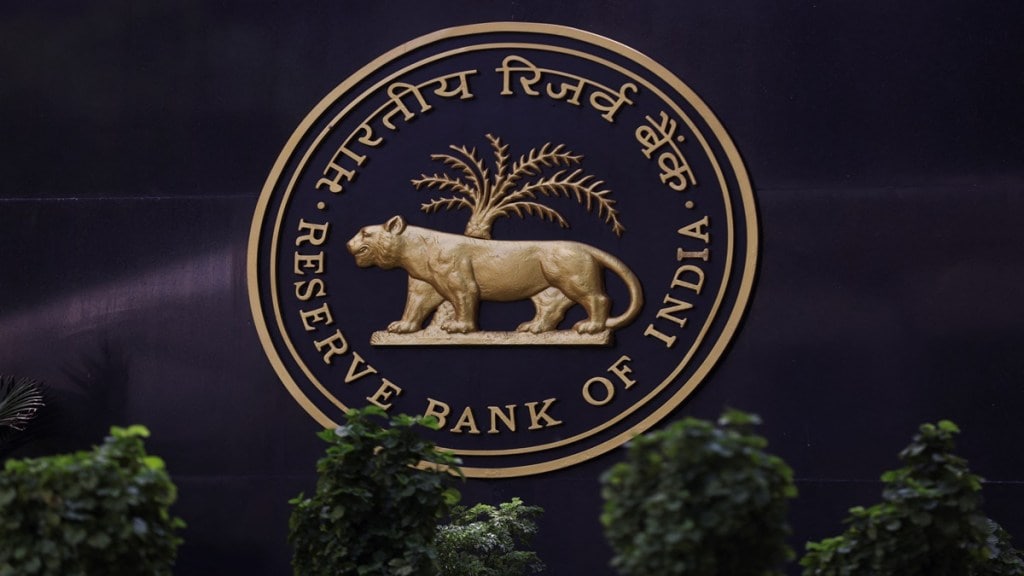By Soumya Kanti Ghosh
The Reserve Bank of India’s (RBI) monetary policy announcement did take the market by storm. A jumbo rate cut of 50 basis points (bps) (anticipated by SBI research) along with a staggered cash reserve ratio (CRR) cut of 100 bps but with a stance change left the market flummoxed and on its toes to guess the RBI’s next move. However, a closer look at the RBI’s policy statements post-Covid-19 reveals a clear sense of purpose.
In effect, central bank communications across the world have been the subject of much intellectual discourse, particularly after the pandemic. This practice was initiated by Sveriges Riksbank. Many large central banks, such as the European Central Bank, were initially averse to such an idea, favouring a more implicit rather than explicit guidance. In contrast, the Fed Reserve was in favour of explicit forward guidance after the global financial crisis as it was thought to be more useful to assuage market sentiments when uncertainty was high.
Over the decades, central banks have moved towards clearer communication and greater transparency. This has been driven by several motivations. First, central banks have realised that open and transparent communication enhances effectiveness of policy. This shift reflects a shift in the theory of monetary policy itself. Until the early 1990s, a strong influence was Robert Lucas’ argument that monetary policy affected real variables only if the policy changes were unanticipated. This encouraged obscurity over openness and clarity. In essence, monetary policy was effective only through an unanticipated surprise, but that was to be achieved through non-transparent communication. Lost in the message was the fact that monetary policy always affected nominal variables like inflation, even if fully anticipated.
Now fast-forward to present. While the RBI threw up an unanticipated surprise, it came with a clear and transparent forward guidance of a change in stance. This was actually reimagining Robert Lucas in the current-day monetary policy paradigm.
Why the change in policy stance from accommodative to neutral? If one has been following the RBI’s monetary policy actions diligently, we must remember that post-pandemic, it has introduced “state-based” and “time-based” forward guidance — the change in stance in the June policy merely reflects the changing priorities.
The “time-based” forward guidance was explicitly used in the April policy, signalling a commitment to keep the accommodative stance in force and indicating rate cuts or pause as the only option. The June policy has effectively shifted from “time-based” guidance to “state-based” guidance. There is nothing unusual about it, as in the past also (2021), the RBI had shifted the guidance.
While the Monetary Policy Committee (MPC) occasionally used “state-based” forward guidance in the pre-Covid period, after the pandemic it started to offer “time-based” forward guidance. To quote from the RBI minutes in its February 2021 policy: “The commitment to keep accommodative stance is reflective of a time-based guidance; whereas on the other hand, the expression ‘to revive growth on a durable basis’ characterises a state-based guidance; i.e., guidance contingent on the state of the economy.”
Time-based guidance is more explicit, while state-based is more implicit. For example, growth on a durable basis is not quantifiable but merely an implicit guidance on the state of the economy.
Interestingly, the RBI has also given a guidance of a guaranteed liquidity in the secondary market. Such assured liquidity support is a clear resemblance to developed market central banks
(the CRR cut announced in advance). We thus find it completely in consonance with the RBI’s desired objective of supporting growth; hence, the change in stance.
But what is the reason for the staggered cut in CRR? There is possibly a justification to this, apart from it enhancing liquidity in the busy season. There is no denying of the fact that reserve money growth has slowed down since the pandemic. From 18.8% in the pandemic year of FY21, it decelerated to 4.3% in FY25 (currently at 6.1%), of which ~70% is because of the decline in currency in circulation apart from the cut in CRR.
The cut in CRR, along with the increasing digitisation, augments the money multiplier. In fact, the money multiplier tends to increase when the reserve ratio is cut and lower currency leakage, indicating higher multiple expansion in broad money on account of bank deposits. With deposit rates being cut, such an increase in money multiplier will clearly act as a buffer. We estimate the money multiplier can actually increase by 20-30 bps exclusively because of the CRR cut.
Thus, a lower expansion in reserve money can coexist with a stable M3 growth with a jump in the money multiplier making the relation of base money and money supply agnostic. This is important in an inflation targeting regime where money supply growth is endogenous.
Thus, clearly, the change in stance and the cut in CRR have been well thought off and the markets must understand the logic before jumping to frothy conclusions.
Before we conclude, here are two things to remember. First, central bank communication is important for all of us to learn, listen, and understand. Second, continuous interaction with market (social media included) and all stakeholders is the best strategy for policy effectiveness and helps deflect threats to central bank credibility. The RBI must be commended for patiently listening to almost all market participants before every policy in the most rigorous manner.
The writer is member, 16th Finance Commission, and group chief economic adviser, State Bank of India.
Disclaimer: Views expressed are personal and do not reflect the official position or policy of FinancialExpress.com. Reproducing this content without permission is prohibited.

